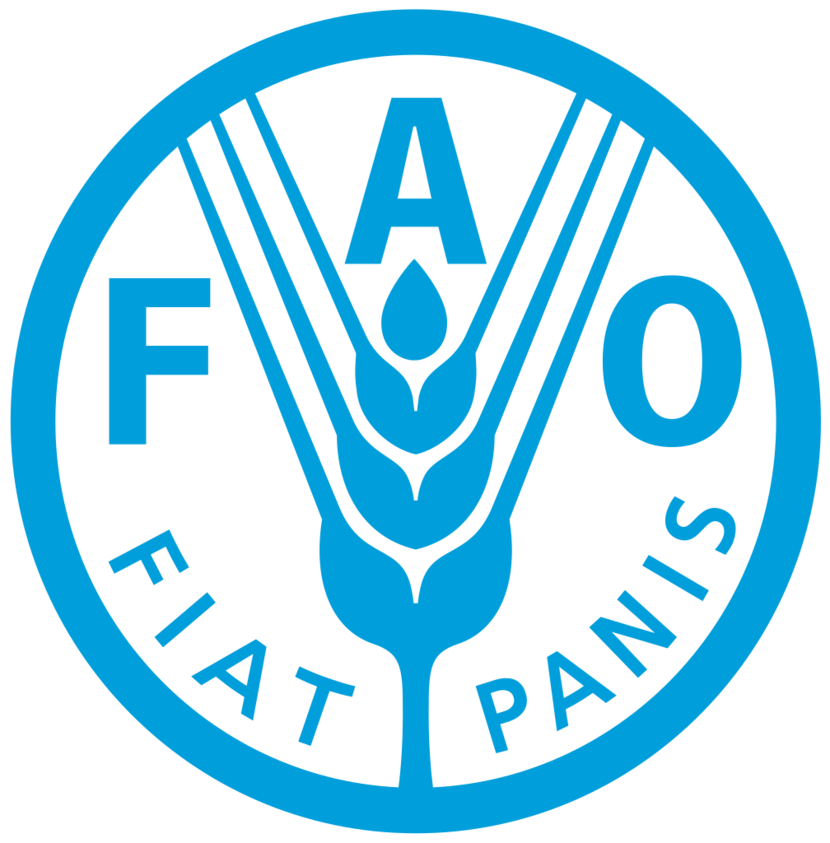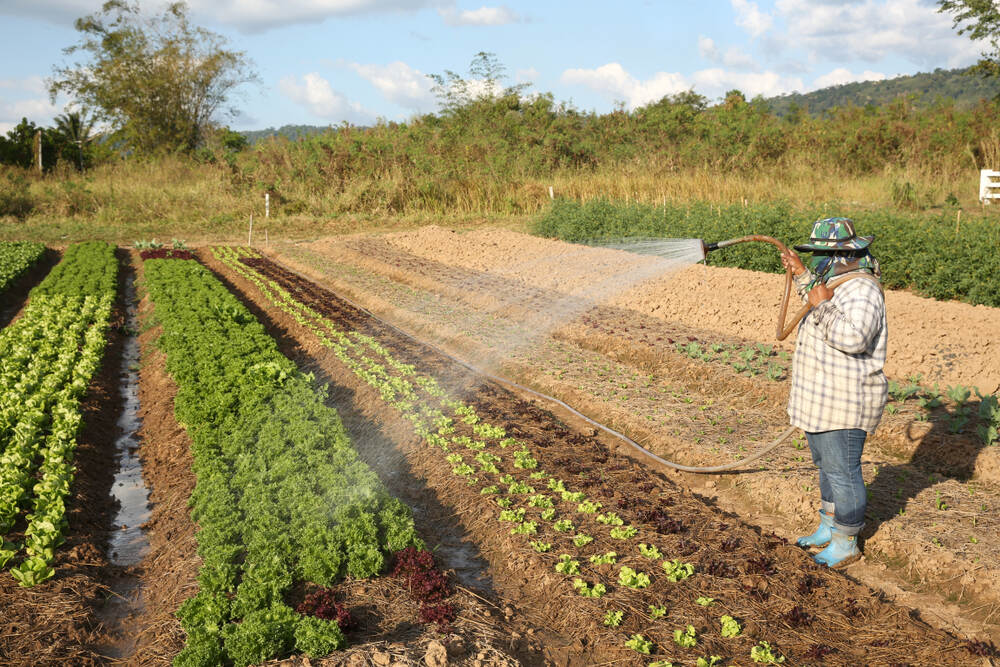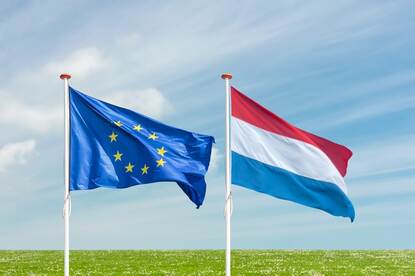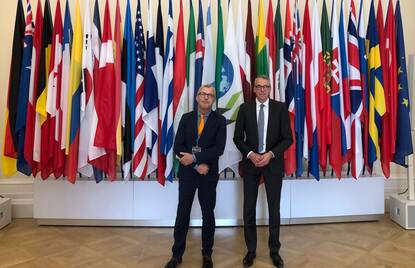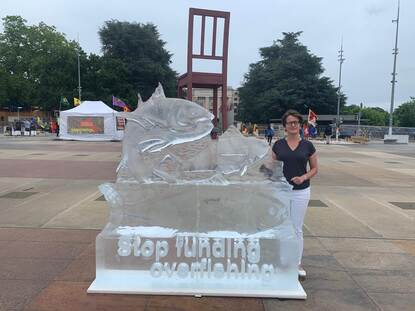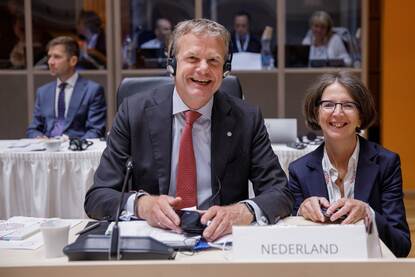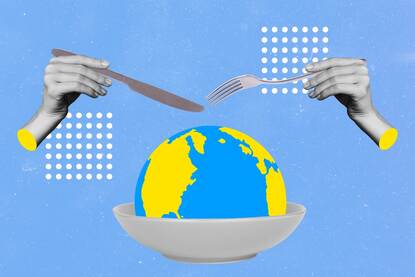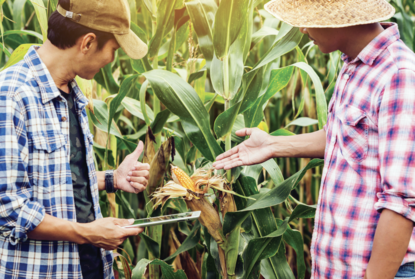Foto The need for efficiënt en sustainable water usage is more critical than ever. Source: Shutterstock
The Food and Agriculture Organization (FAO) of the United Nations in Rome is at the forefront of addressing one of humanity's most pressing challenges: achieving food security without depleting our water resources. As the agricultural sector consumes approximately 70% of the world's freshwater, the need for efficient and sustainable water usage is more critical than ever. Enter WaPOR, a portal to monitor Water Productivity through Open access of remotely sensed derived data developed by FAO. Jippe Hoogeveen, a project officer at FAO, plays a pivotal role in advancing WaPOR's capabilities.
WaPOR's mission is to enable the agricultural sector to produce more with less - enhancing productivity while conserving land and water resources. This is crucial in an era where irrigation – a water-intensive practice – is often the go-to method for increasing yields. As climate variability intensifies and the global population rises, irrigation is to expand, making the pursuit of ‘more crop per drop’ not just a slogan, but a necessity for survival.
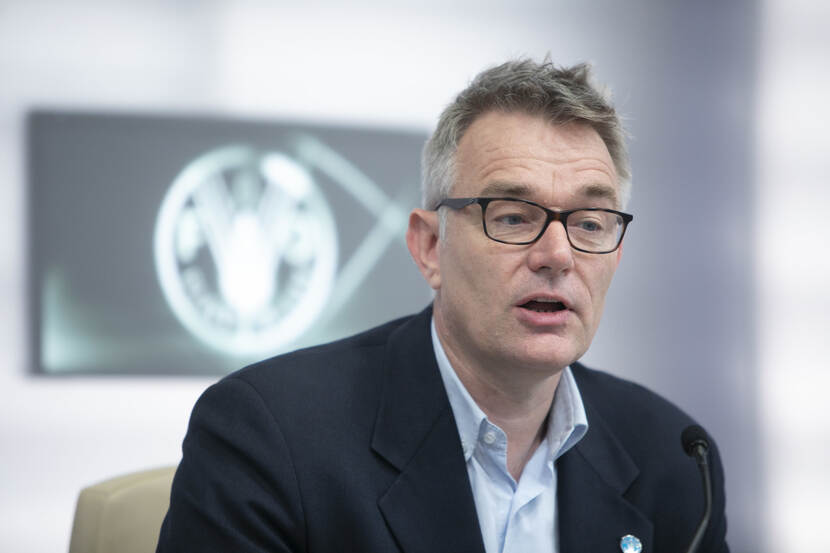
‘The ultimate goal of WaPOR is to help the agricultural sector produce more in a more sustainable way, thereby increasing yields while using less land and water’
Tools for farmers, water managers and policy makers
WaPOR helps monitor how much land and water is being used to produce a certain amount of biomass, Jippe Hoogeveen notes. ‘However, this is not an easy task because it is very data-intensive and needs timely and reliable information on biomass growth and water consumption of both irrigated and rainfed food crops. By comparing different water management and agricultural practices, WaPOR provides advice on improved management and governance of both the agricultural sector and natural resources. Depending on the scale of the analyses, WaPOR helps farmers manage their fields, water managers improve irrigation schemes and policy makers establish their policies and governance practices. Moreover, WaPOR is extensively utilized by the research community.’
Data on nutrition, food and agriculture
The creation of WaPOR began in 2016, inspired by the vision of Job Kleijn when he was First Secretary at the Netherlands Embassy in Yemen. He recognized the lack of a comprehensive, continental-scale database for monitoring biomass production and crop evapotranspiration. FAO, with its rich experience in database management through AQUASTAT, took on the challenge to fill this gap. Hoogeveen: ‘In addition, FAO was a strategic choice since it is an independent knowledge broker that is mandated to, "collect, analyze, interpret and disseminate information related to nutrition, food and agriculture". And information on natural resources, especially land and water, is central to this.
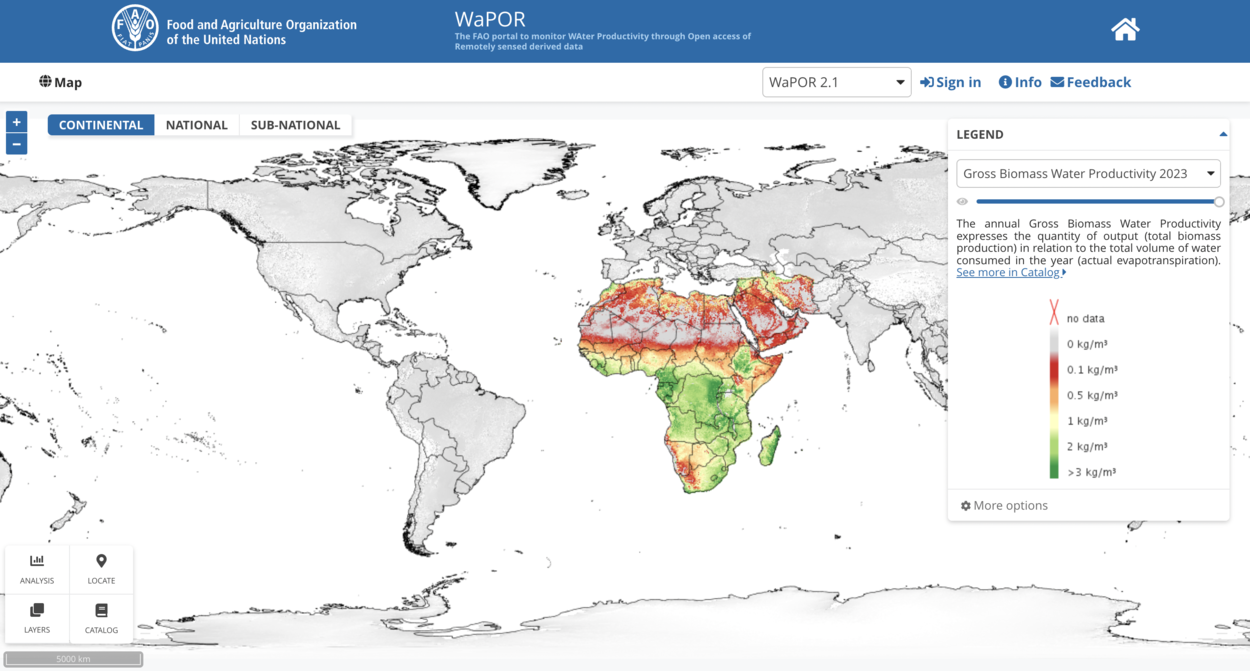
Dutch funding, expertise and technological solutions
The first phase of WaPOR covered a period of four years, from 2016 to the end of 2020. Hoogeveen: ‘During that first phase we focused mainly on developing the database and highlighting possible applications and solutions for the African continent and the Middle East. It paved the way for a second phase, which started in 2021 and will end in 2025. This phase is much more demand driven. We’re asking countries how they want to use our data and we assist them in co-developing useful applications. We switched to global coverage, which is funded by the Netherlands.’
The Netherlands plays a central role in the development of WaPOR, Hoogeveen explains. ‘The portal is funded by the Directorate-General for International Cooperation (DGIS) at the Dutch Ministry of Foreign Affairs. Also, IHE Delft (Institute for Water Education) is our main partner in capacity development for our stakeholders. We benefit a lot from their long-term experience in water education, as well as their wide network of partner institutions and alumni all over the world. FAO also has ties to the Dutch private sector. The models used to calculate the satellite-based data layers are made by eLeaf, a company based in Wageningen that maintains algorithms to compute biomass production and evapotranspiration using satellite imagery.’
Empowering farms and especially smallholders with data and localized advice
What impact does WaPOR have on farmers globally? Hoogeveen: ‘The primary challenge is reaching out to farmers, especially the smallholders. While large commercial farms have already adopted our system, our goal is to extend its benefits to smaller-scale farmers. They are starting to see improvements through enhanced irrigation water management derived from WaPOR insights. Additionally, extension services are using WaPOR insights to offer more accurate, localized advice to these smaller farmers.’
However, the biggest hurdle remains engaging these individual smallholders directly. Hoogeveen: ‘It's inherently simpler to assist large-scale farms with uniform crops over extensive areas than small farms with small fields and different crops per field. However, we are collaborating with both local and global partners to create mobile applications that tailor WaPOR insights for individual field management.’
Considering the small size of these plots, high-resolution satellite information is essential. ‘In over ten countries, we are currently testing 20-meter resolution data for farm scale applications, in contrast to the 100-meter resolution used for continental scale applications in Africa and the Near East, and the 300-meter resolution applied globally. The last two resolutions prove critical, for assessing water resources and informing policies for water balance studies.’
Interested in the Water Productivity Open-access portal? Click here to access the data on the FAO website.
Read more
Contact
- Address: Permanent Representation of the Netherlands to the United Nations in Rome, Via Aventina, 32, 00153 Rome, Italy
- Email: ROF@minbuza.nl
- Phone: 0039065740306/2326
- Website (in Dutch): Permanente Vertegenwoordiging van Nederland bij FAO, WFP en IFAD
- Website (in English): Permanent Representation of the Netherlands to the United Nations in Rome
